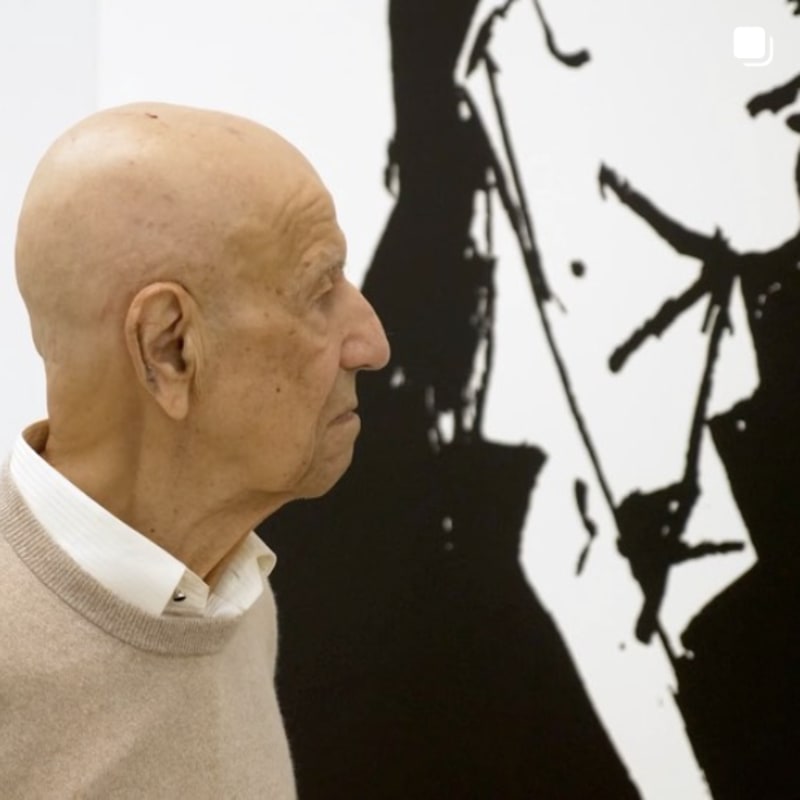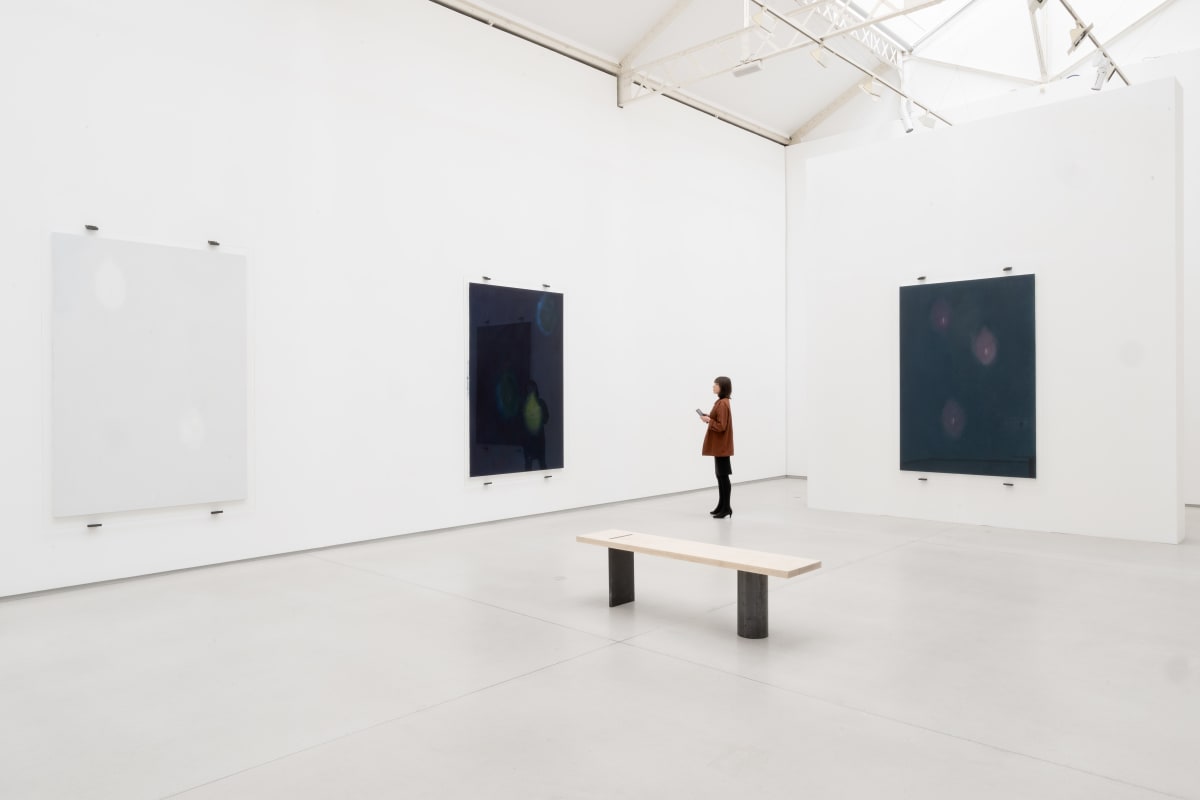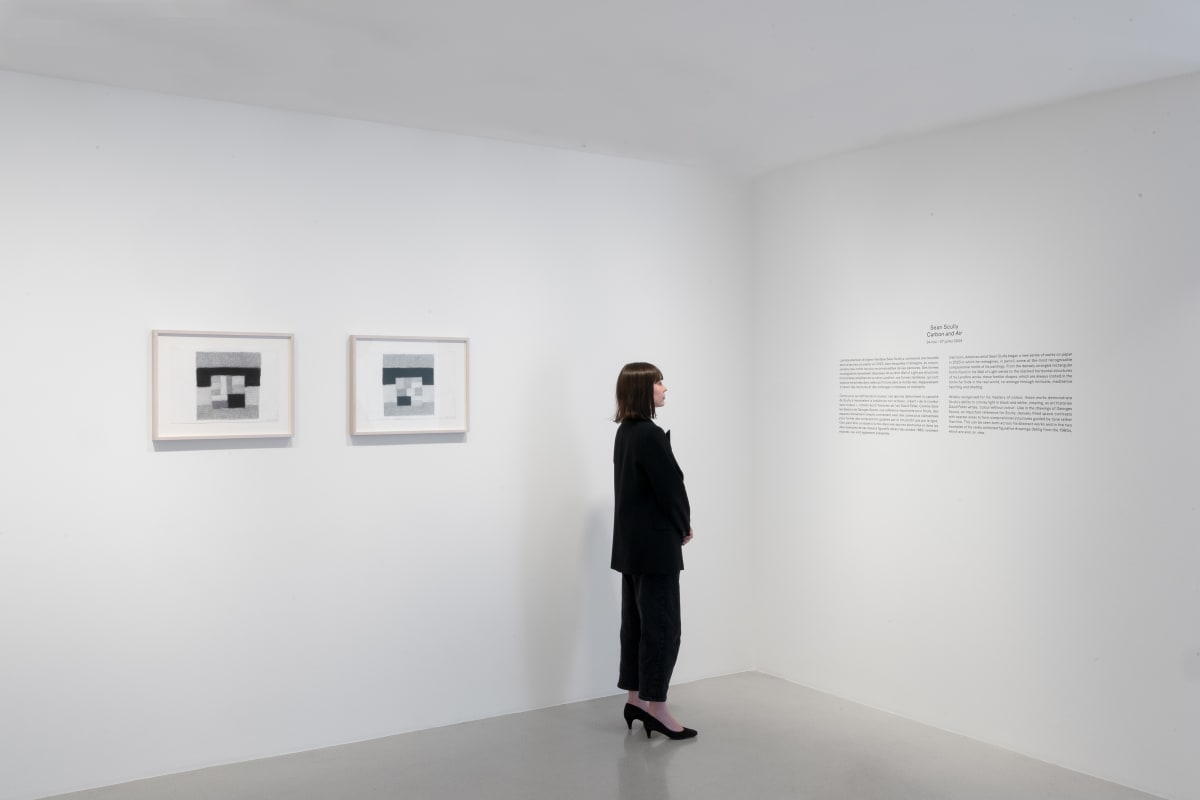Overview
I choose what I work with very carefully. Everything has connotations, stories, and I utilise them. I borrow the general meanings materials have and embrace them in my work. — Lee Bul
Thaddaeus Ropac London presents paintings from Lee Bul’s Perdu series for the first time in the UK, including new works created especially for the exhibition. Conceived as single and multi-panel works, these sumptuous mother-of-pearl and acrylic paintings exemplify the artist’s practice by bringing together past, present and future temporalities through the materials and references they incorporate. The exhibition marks the artist’s first solo presentation in the UK since her landmark retrospective Crashing at the Hayward Gallery, London in 2018.
I choose what I work with very carefully. Everything has connotations, stories, and I utilise them. I borrow the general meanings materials have and embrace them in my work. — Lee Bul
Thaddaeus Ropac London presents paintings from Lee Bul’s Perdu series for the first time in the UK, including new works created especially for the exhibition. Conceived as single and multi- panel works, these sumptuous mother-of-pearl and acrylic paintings exemplify the artist’s practice by bringing together past, present and future temporalities through the materials and references they incorporate. The exhibition marks the artist’s first solo presentation in the UK since her landmark retrospective Crashing at the Hayward Gallery, London in 2018.
Lee Bul blends traditional methods and materials with a futuristic aesthetic, exploring the notion of utopia and its imaginative potential to reveal its darker undertones. Born in 1964 to left-wing dissident parents under South Korea’s military dictatorship, she draws on her childhood experiences, as well as European and South Korean culture, to create works that resonate across time and history, warning of the dangers of humanity’s perpetual yearning for an ideal society.
The title of the works alludes to the French writer Marcel Proust’s novel À la Recherche du Temps Perdu (In Search of Lost Time; 1913–1927), evoking universal themes of memory and nostalgia. At the same time, ‘perdu’ is an arcane military idiom used to describe a sentinel assigned to a particularly remote and dangerous location and might be read in the context of the ongoing conflict between North and South Korea.
On a formal level, the Perdu works are related to the Cyborg sculptures and subsequent Anagram series the artist began creating in the late 1990s. Displayed on the first floor of the gallery, Lee Bul’s vibrant paintings are inhabited by part-organic, part- mechanical anthropomorphic creatures. Appearing as though in motion, they allow the viewer to contemplate the human fascination with technological progress and related anxieties that surround the search for perfection.
Throughout her practice, which spans three decades, the artist looks for references and materials that embody contradiction. ‘I choose what I work with very carefully,’ states Lee Bul, ‘everything has connotations, stories and I utilise them.’ Mother of pearl, found on the inside of some shellfish, interests her because it ‘is related to organisms that come from the inside out’ – the organic/inorganic composite material is solid in appearance, yet is able to produce an iridescent substance to repair damage made to the shell.
This dualism is central to Lee Bul’s critique of utopia, the ultimate failure of which she sees as inherent to the notion itself. ‘For me, utopia in its paradoxical essence is a nostalgic, even elegiac, idea’, she explains. This ambivalence is carried throughout her oeuvre, which seems suspended in time and space, somewhere between a dream, reality and nightmare. By confronting viewers with the shortcomings ofidealism and the human condition, it is this underlying darkness that gives the Perdu works their poignancy and power.
Watch Lee Bul speak about the exhibition

Perdu CLXIII, 2023
Mother of pearl, acrylic paint on wooden base panel, stainless steel frame
163 x 113 x 6.5 cm (64.17 x 44.9 x 2.56 in)
















































































































































































